China
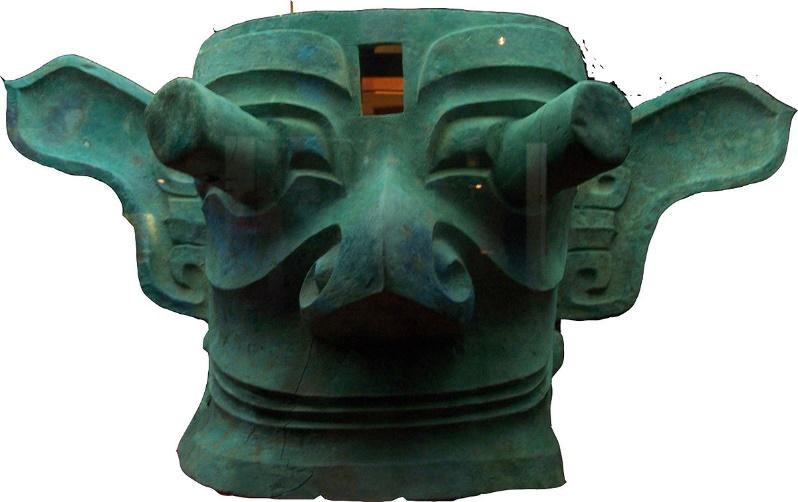
This object represents Chinese culture in a way that underlies its diversity. This Bronze head was apparently used in complex worshipping rituals (Chinese National Museum, n.d.). This piece of art was chosen as it shows how the vision of their sacred figures was imbued into solid forms reflecting their imagination rather than the actual memory.
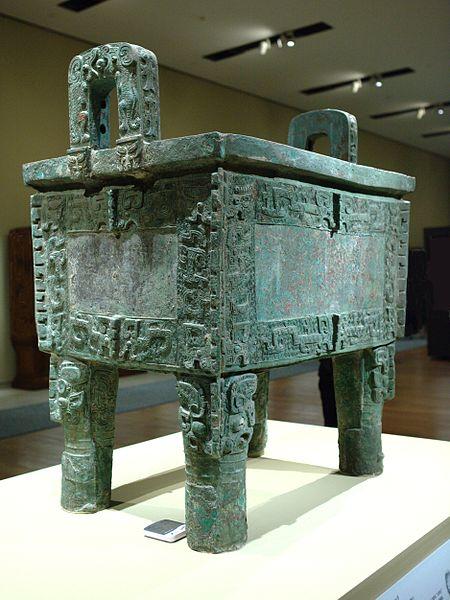
This particular piece of art was chosen due to its sophisticated design that indicates great precision and finesse with which early Chinese masters created ceremonial objects. This is a sacrificial vessel for the remains of the royal dynasty members. It symbolizes the great piety for a Ruling family that is characteristic of Chinese culture.
Japan
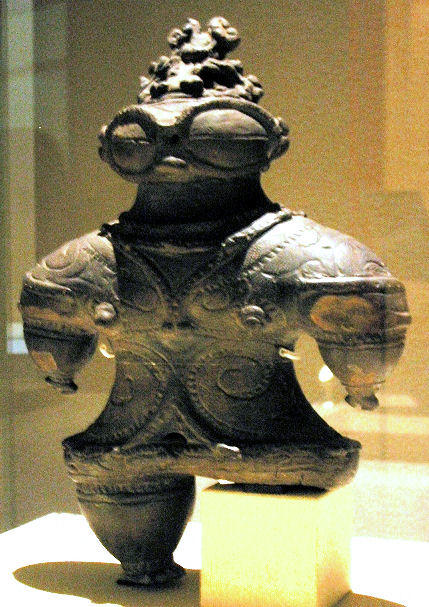
This intricately detailed clay figurine portrays a man in the nationals clothes. This fascinating work of art presents a characteristic image of the national garment of those times. This figurine was selected due to its outstanding technique of impressing the cord into wet clay that shows a lot about the development of ancient Japanese art and technology of that period.
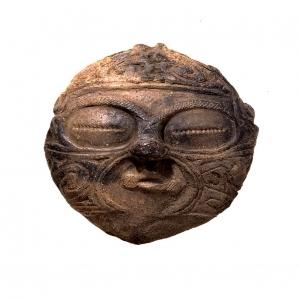
Rich ritual traditions of Japanese are mysterious and sophisticated. It is believed that people could establish a connection with mythical powers and entities through masks. Japanese culture is similar to other Asian nations, yet it has developed its own masks with distinct design and purposes. The mentioned piece of art was included as it represents one of the most important genres of ancient Japanese art.
Africa
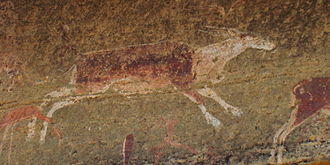
Cave paintings are often considered to be among the earliest manifestations of art in early humans. Above that, the fact of the depiction of daily life events and the environment of African inhabitants allows today’s people to suggest that ancient ones also tended to leave a legacy that is critically significant. This cave painting reflects the precision an ancient master exhibited to depict an animal he or she presumably used to hunt.
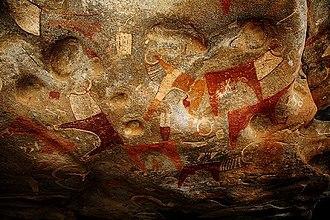
The given cave painting represents a detailed view of the life of the first peoples. The intricate style and the use of color show the skill of the author and allow observing the life of ancient African tribes in great detail that is rather important to understand their behaviors and life. This early storytelling technique later gave birth to modern comics, which is why it is important to know the roots of the genre.
Americas
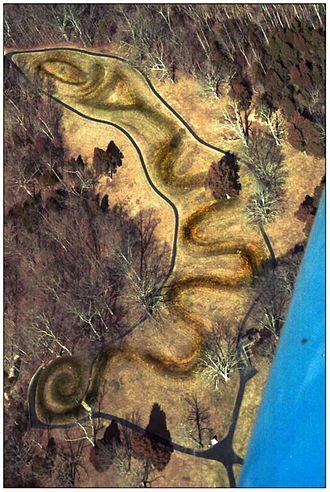
This mound represents an idea that preferred art forms are distinct in many cultures, and virtually anything can be a canvas for a skilled artist. This mound is essential to American culture as the purpose of such a large artificial earth structure remains uncovered. It serves partly as a reminder to modern people that the past holds plenty of mysteries.
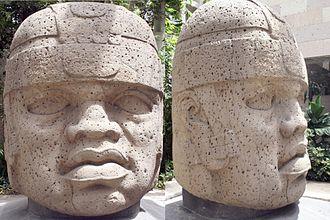
These stone heads still invoke doubt and discussion of the purpose they served in the old traditions of Mesoamerican tribes. The amount of work it presumably took to carve stones into such an elaborate form indicates that these faces were part of something important. They are also iconic for South American early art, which is why it is important to include them in this exhibition.
Islam
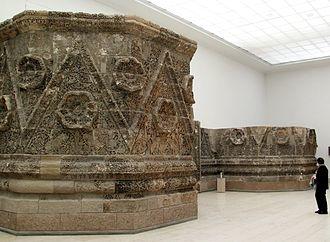
The elaborate design of this palace facade reflects the great skill of ancient Arab architects. It lets the modern viewer note the origin of the Islamic ornaments and admires their beauty. This stone was chosen since it contains plant and lion motifs that are among the central ones to early Islam art, symbolizing life and nobility.
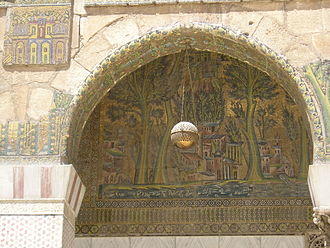
This example of Islamic art represents an intention to decorate the most sacred place for Islam followers. Considering the themes of the mosaic, it seems that Islam is a part of the natural order. The given piece was elected as a bright example of a great value the Islamic culture puts on religion that is expressed in the number of expensive materials like gold and marble.
Overview
The exhibition presents a wide variety of cultural objects from different parts of the world. They feature cave paintings, masks, decorative elements of architecture, sculpture, and other culturally significant items. Each of them can reveal peculiar historic and cultural mysteries to an attentive viewer. The exhibition emphasizes the distinction and uniqueness of every piece of art representing a certain culture. At the same time, the mentioned pieces of art are similar in their ideas to show life as it is and preserve the culture for future generations.
References
Bradshaw Foundation. (n.d.). The san rock art paintings.
British Museum. (n.d.). African rock art.
Chinese National Museum. (n.d.). Bronzes. Web.
National Museum of Anthropology. (n.d.). Anteriores. Web.
Ohio History Connection Museum. (n.d.). Electronic database. Web.
Pergamon Museum. (n.d.). Online collections database. Web.
Tokyo National Museum. (n.d.). Archaeology. Web.